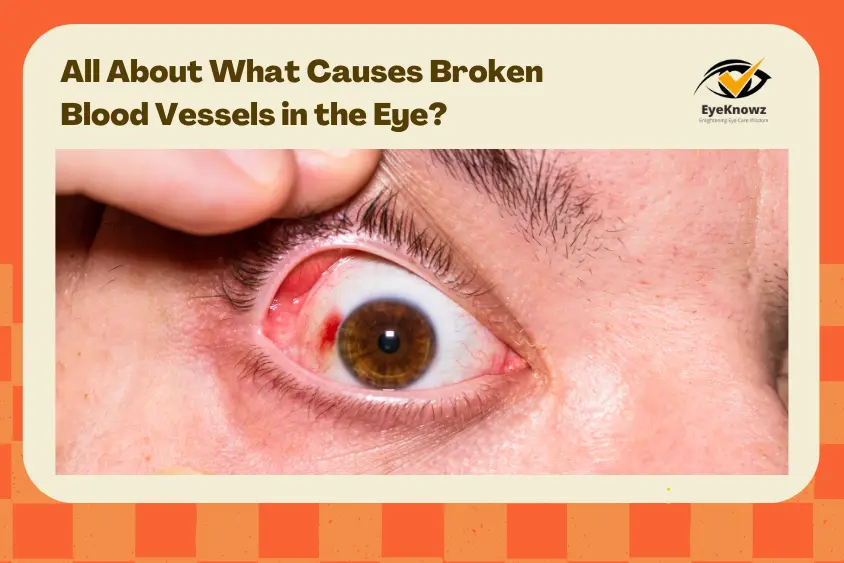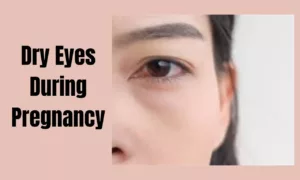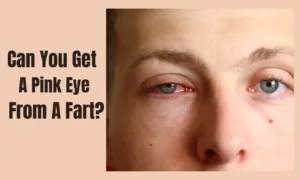You might get scared if you notice that your eye is filled with bright red patches. But this is not something very serious to worry about and you should avoid panicking in this situation. This is a condition concerning broken blood vessels in the eye and is also referred to as subconjunctival haemorrhage. Here is a complete guide to broken blood vessels concerning our eyes, their causes, and how they can lead to further complications. In the end, we will also suggest some of the best tips to keep in mind for the prevention of further haemorrhages from occurring in the future.
Causes of Broken Blood Vessels
A major question that people ask is what causes broken blood vessels in the eye. Here are some of the most common reasons behind subconjunctival haemorrhage:
- Dry heaving or vomiting
- Aggressively rubbing the eyes
- Puncture or injury to the eye
- Powerful sneezing or coughing
- Exertion during physical activity
- Eye surgery
Some people are more likely to suffer from subconjunctival haemorrhage such as those who are hypertensive, diabetic, or have some blood clotting disorders. There also are some medications that can cause broken blood vessels in the eye such as aspirin which works as a blood thinner .
What Do We Mean By Subconjunctival Haemorrhage?
It is a condition in which there is a red patchy appearance on the white portion of the eye also called sclera. It is not a severe condition and you don’t have to stress over it. There are various small blood vessels in the clear membrane covering the eye also known as conjunctiva. Subconjunctival is referred to as the entrapment of blood under this membrane. The condition involving burst blood vessels in the eye is called subconjunctival haemorrhage.
Symptoms of Subconjunctival Haemorrhage
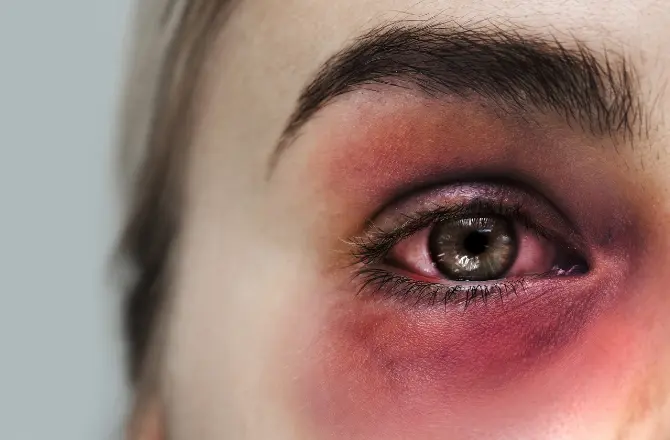
There are not many symptoms that you can note for diagnosing subconjunctival haemorrhage. But in case you feel itchiness in your eyes or see a visible patchy appearance on the sclera it is a clear indication to a broken blood vessel in the eye.
How to Heal Broken Blood Vessels?
It usually takes about 1 to 2 weeks to properly heal the subconjunctival haemorrhage. This is a natural healing process that is activated by the immune response of our own body. For soothing itching and irritation, you can use eye drops to soothe your eyes. The most important thing to keep in mind for preventing popped blood vessels in the eye is to be gentle with yourself. Handle your eyes carefully and do not rub them aggressively. Moreover, some other factors like sneezing, coughing, and vomiting can also lead to subconjunctival damage but this is usually not an alarming situation.
Recurring Subconjunctival Haemorrhage
If you are dealing with recurring broken eye vessels it might be an indication of another possible underlying issue. You can consider the example of incorrect contact lens insertion which results in recurring subconjunctival haemorrhage. There are some people who use different tools for putting and taking out lenses which can be harmful to your eyes. You might lose the right balance of maintaining pressure using these tools ultimately ending up damaging your eye vessels. So it is essential to keep the instructions given by your optometrist in mind when using contact lenses. Also, make sure to avoid using any tools or tweezers until and unless you are directed by your doctor.
Vascular Diseases
Some vascular diseases also include symptoms like recurring subconjunctival haemorrhage indicating the severity of the condition. These diseases affect the health of blood vessels present in your body and make them weak ultimately leading to their breakage or damage. Some common examples of vascular diseases are arteriosclerosis, hypertension, and diabetes.
Conjunctivochalasis
During the ageing process you might come across a condition in which the integrity of your conjunctiva decreases making it very loose. This problem is referred to as Conjunctivochalasis. It can be an asymptomatic issue which means that there are not many significant symptoms in the initial days. But later on with the increasing severity you might have to deal with problems like recurring subconjunctival haemorrhage and suffer from multiple tearings in the eye.
Ocular Adnexal Tumors
Sometimes burst blood vessels in the eye causes are very severe and alarming as in the condition of Ocular Adnexal Tumors. Recurring Subconjunctival haemorrhage might be an early indication of a tumor which is something you should worry about. This is the main reason why it is always advised to get regular eye exams to diagnose any tumors timely and start with their management and treatment process.
How to Confirm if it is Subconjunctival Haemorrhage or Something Else?
Sometimes there is confusion if the issue is actually subconjunctival haemorrhage or something else. So the main point to focus on for clearing this confusion is to look at how the patchy spots are appearing in the eye. If the patches are bright red then it is a clear indication of subconjunctival haemorrhage. On the other hand if there is minor redness only then you cannot actually confirm broken blood vessels. Moreover, the subconjunctival haemorrhage also comes with other issues like itchiness and scratchiness. In case you are not feeling these problems then the redness is due to something else other than subconjunctival haemorrhage. For further confirmation, it is always advised to visit your optometrist and see what the actual issue is.
Conjunctivitis
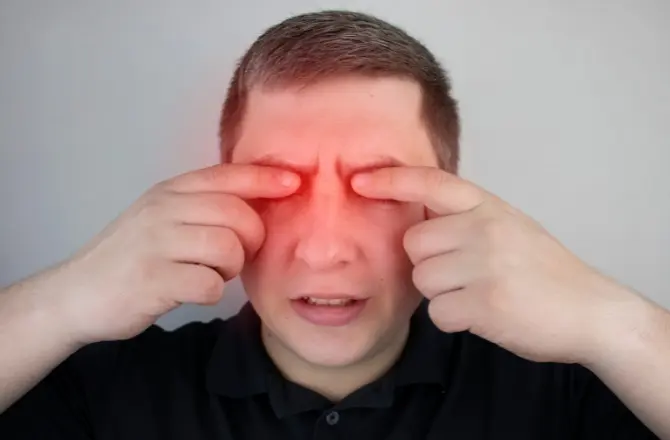
The inflammation of conjunctiva is known as conjunctivitis also referred to as pink eye in simpler terms. This is a condition in which the white part of the eye appears red or pink and the blood vessels become more visible. Some common symptoms of conjunctivitis are:
- Red or pink sclera
- Abnormal eye discharge
- Itchiness
- Watery eyes
One thing to keep in mind is that these symptoms might appear in one or both eyes. Make sure to get professional health if you are suffering from conjunctivitis to avoid further complications.
Hay Fever
It is an allergic response of the body to pollen or dust which are the most common allergens in case of allergic rhinitis also called hay favour. It is an irritating condition but can be treated by seeking medical help. The most common symptoms of allergic rhinitis are:
- Itchy and red eyes
- Coughing and sneezing
- Nasal dripping
- Sinus congestion
- Profuse tearing
- Itchy throat and nose
- Fatigue
Iritis
Another common eye condition is the inflammation of the iris which is a ring surrounding the pupil. This issue is known as anterior uveitis also called iritis. Worsening this issue can lead to vision loss if not treated properly. The most common symptoms in the case of iritis are:
- Ache or discomfort
- Reduced vision
- Light sensitivity
- Redness
Conclusion
Subconjunctival haemorrhage is usually a harmless condition and gets healed naturally within 2 weeks. But if you are suffering from recurrent subconjunctival haemorrhage and the symptoms are worsening then it is the right time to visit a doctor. Moreover if you are feeling any vision changes or pain along with the broken eye vessels it is important to consult your optometrist. Make sure not to miss your routine exams for maintaining your eye health and avoiding any harmful complications.

